Home>Construction & Tools>Building Materials>How To Get Tar Off Brick
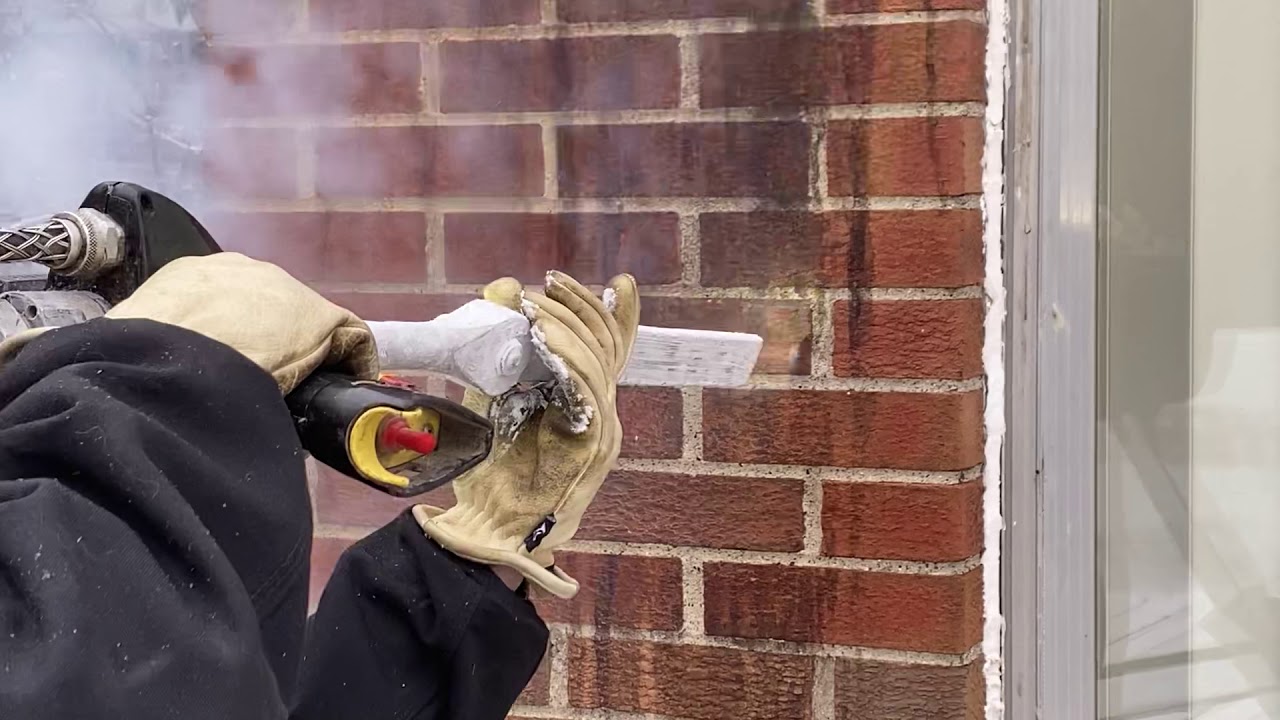

Building Materials
How To Get Tar Off Brick
Modified: May 27, 2024
Learn how to effectively remove tar from brick and other building materials with our expert tips and techniques. Keep your surfaces clean and pristine with our proven methods.
(Many of the links in this article redirect to a specific reviewed product. Your purchase of these products through affiliate links helps to generate commission for Storables.com, at no extra cost. Learn more)
Introduction
Tar can be a stubborn and unsightly nuisance when it finds its way onto brick surfaces. Whether it's from road construction, roofing projects, or other outdoor activities, the sticky nature of tar makes it a challenge to remove. However, with the right techniques and products, you can effectively restore the natural beauty of your brickwork. In this article, we will explore various methods for removing tar from brick, including both household remedies and commercial products. Additionally, we will discuss preventive measures to minimize the likelihood of tar buildup on brick surfaces in the future. So, if you've found yourself facing the daunting task of dealing with tar on your brickwork, fear not – we've got you covered with practical solutions to tackle this common issue.
Key Takeaways:
- Stubborn tar on brick? Use heat, solvents, pressure washing, or household items like vinegar and baking soda for effective removal. Prevent future buildup with protective barriers and prompt cleanup.
- Don’t let tar ruin your brick! Employ heat, solvents, pressure washing, or household items like vinegar and baking soda for removal. Prevent buildup with protective barriers and regular inspections.
Read more: How To Get Tar Off A Bathtub
Understanding tar and its properties
Tar is a dark, viscous substance that is derived from organic materials such as wood, coal, peat, or petroleum. It is commonly used in construction and industrial processes for its adhesive and waterproofing properties. When tar comes into contact with brick surfaces, it can adhere stubbornly due to its sticky nature and high viscosity. Understanding the properties of tar is crucial in effectively removing it from brick without causing damage.
One of the defining characteristics of tar is its ability to adhere strongly to various surfaces, making it challenging to remove. Its sticky consistency allows it to bond tightly with brick, creating a resilient bond that can be difficult to break. Additionally, tar is known for its resistance to water, which further complicates the removal process. When tar penetrates the porous surface of brick, it can become deeply embedded, requiring thorough cleaning methods to eliminate it completely.
Furthermore, tar can harden over time, especially when exposed to fluctuating temperatures and environmental factors. This hardening can make the removal process even more arduous, as the tar becomes more resistant to traditional cleaning methods. Understanding the potential hardening of tar is essential in selecting the most effective removal techniques and products.
In addition to its adhesive properties, tar often contains various organic compounds and contaminants, which can further complicate its removal from brick surfaces. These compounds may contribute to the discoloration of the brick and require specialized cleaning agents to restore the original appearance.
Overall, understanding the adhesive, water-resistant, hardening, and contaminant properties of tar is essential in devising effective strategies for its removal from brick surfaces. By comprehending these properties, individuals can select appropriate cleaning methods and products tailored to the unique challenges posed by tar on brick, ensuring successful and safe removal without compromising the integrity of the brickwork.
Methods for removing tar from brick
When it comes to removing tar from brick surfaces, employing the right methods is crucial to effectively eliminate the stubborn residue without causing damage. Here are several proven techniques for removing tar from brick:
-
Heat Application: Applying heat to the tar can soften it, making it easier to remove. A heat gun or hairdryer can be used to gently warm the tar, allowing it to become more pliable. Once softened, the tar can be carefully scraped off using a putty knife or similar tool. It's important to exercise caution when using heat to avoid overheating the brick and causing damage.
-
Solvent-Based Cleaners: Solvent-based cleaners specifically designed for tar removal can be highly effective. These cleaners work by breaking down the tar, making it easier to wipe or rinse away. When using solvent-based cleaners, it's essential to follow the manufacturer's instructions and test the product on a small, inconspicuous area of the brick to ensure compatibility.
-
Pressure Washing: Pressure washing can be an efficient method for removing tar from brick surfaces. The high-pressure water stream can dislodge and wash away the tar, restoring the brick's appearance. However, it's important to use the appropriate pressure setting and nozzle to avoid damaging the brick or forcing the tar deeper into its porous surface.
-
Chemical Paint Strippers: Certain chemical paint strippers are formulated to dissolve tar and other stubborn residues. These products can be applied to the affected areas and allowed to penetrate the tar before being carefully scraped off. It's essential to select a paint stripper that is safe for use on brick and to follow the manufacturer's guidelines for application and removal.
-
Abrasive Cleaning Methods: For particularly stubborn tar deposits, abrasive cleaning methods such as sandblasting or using abrasive pads may be necessary. These methods involve physically abrading the tar from the brick surface. However, caution must be exercised to prevent damage to the brick's texture and finish.
-
Biological Cleaners: In some cases, biological or enzymatic cleaners can be used to break down organic residues such as tar. These environmentally friendly cleaners utilize natural enzymes to degrade the tar, facilitating its removal without harsh chemicals.
By employing these methods, individuals can effectively tackle the challenge of removing tar from brick surfaces, restoring the natural beauty of the brickwork without compromising its integrity. It's important to assess the severity of the tar buildup and select the most suitable method based on the specific characteristics of the affected area. Additionally, proper safety precautions should be observed when using heat, solvents, or abrasive methods to ensure a safe and successful cleaning process.
Using household items to remove tar
When faced with the challenge of removing tar from brick surfaces, household items can serve as effective and accessible solutions. These readily available items can be utilized to break down and eliminate tar residues without the need for specialized cleaning products. Here are several household items that can be employed to tackle tar removal from brick:
1. Vinegar:
Vinegar, a versatile household staple, can be used to combat tar buildup on brick surfaces. Its acidic nature makes it effective in breaking down the adhesive properties of tar. By applying undiluted vinegar directly to the affected areas and allowing it to sit for a period of time, the tar can be softened, making it easier to remove. Following this, gentle scrubbing with a brush or sponge can help lift the softened tar from the brick, restoring its original appearance.
Read more: How To Get Tar Off A Driveway
2. Baking Soda:
Baking soda, renowned for its cleaning and abrasive properties, can be combined with water to form a paste that aids in tar removal. This paste can be applied to the affected areas and left to sit for a period before being gently scrubbed with a brush or sponge. The abrasive action of the baking soda paste helps to dislodge the tar from the brick surface, facilitating its removal without causing damage.
3. Cooking Oil:
Common cooking oils such as vegetable oil or olive oil can be utilized to dissolve and loosen tar residues. By applying a small amount of cooking oil to the affected areas and allowing it to penetrate the tar, the sticky residue can be effectively softened. Subsequent gentle scrubbing with a brush or cloth can aid in lifting the tar from the brick, restoring its natural appearance.
4. Dish Soap:
Dish soap, known for its degreasing properties, can be an effective ally in tar removal. By mixing dish soap with warm water, a solution can be created and applied to the tar-covered areas. The dish soap works to break down the tar, making it easier to wash away with a sponge or cloth. This method can be particularly useful for lighter tar residues and general maintenance of brick surfaces.
5. Lemon Juice:
The acidic nature of lemon juice makes it a valuable household item for tackling tar on brick surfaces. By applying undiluted lemon juice to the affected areas and allowing it to sit for a period, the tar can be softened and broken down. Subsequent gentle scrubbing with a brush or sponge can aid in removing the softened tar, revealing the clean brick underneath.
By harnessing the cleaning power of these household items, individuals can effectively address tar buildup on brick surfaces using accessible and environmentally friendly solutions. These methods offer a practical and budget-friendly approach to tar removal, allowing individuals to restore the natural beauty of their brickwork with ease.
Read more: How To Get Wax Off Of Brick
Commercial products for tar removal
Commercial products specifically formulated for tar removal offer a convenient and efficient solution for tackling stubborn tar residues on brick surfaces. These specialized cleaning agents are designed to effectively break down and dissolve tar, facilitating its removal without causing damage to the underlying brick. Here are several notable commercial products that are widely recognized for their effectiveness in tar removal:
-
Tar Remover Sprays: Tar remover sprays are designed to target and dissolve tar deposits on various surfaces, including brick. These sprays typically contain powerful solvents that work to break down the adhesive properties of tar, allowing it to be easily wiped or rinsed away. When using tar remover sprays, it is essential to follow the manufacturer's instructions and apply the product evenly to the affected areas for optimal results.
-
Citrus-Based Cleaners: Citrus-based tar removers harness the natural cleaning properties of citrus extracts to effectively dissolve and remove tar residues. These cleaners often contain citrus oils or extracts that act as solvents, breaking down the tar while emitting a pleasant citrus scent. The environmentally friendly nature of citrus-based cleaners makes them a popular choice for individuals seeking a more sustainable approach to tar removal.
-
Industrial-Strength Degreasers: Industrial-strength degreasers are potent cleaning agents that are capable of tackling tough tar buildup on brick surfaces. These degreasers are formulated to cut through grease, oil, and tar, making them well-suited for demanding cleaning tasks. When using industrial-strength degreasers, it is important to ensure compatibility with brick surfaces and to adhere to safety guidelines provided by the manufacturer.
-
Tar-Removing Wipes: Tar-removing wipes offer a convenient and portable solution for addressing tar stains on brick. These pre-moistened wipes are designed to effectively lift and dissolve tar residues upon contact, providing a hassle-free method for spot cleaning tar-affected areas. Tar-removing wipes are particularly useful for quick touch-ups and targeted cleaning efforts.
-
Specialized Tar Removal Gels: Tar removal gels are formulated to adhere to vertical surfaces, making them ideal for cleaning tar off brick walls and facades. These gels work by clinging to the tar, allowing the active ingredients to penetrate and dissolve the residue. After the designated dwell time, the softened tar can be easily wiped or rinsed away, leaving the brick surface clean and restored.
By utilizing these commercial products for tar removal, individuals can effectively address tar buildup on brick surfaces with confidence and convenience. These specialized cleaning agents offer tailored solutions for tackling stubborn tar residues, providing a reliable means of restoring the natural beauty of brickwork without compromising its integrity. When selecting and using commercial tar removal products, it is important to consider the specific characteristics of the affected area and to follow the recommended application and safety guidelines to achieve optimal results.
Preventing tar buildup on brick surfaces
Preventing tar buildup on brick surfaces is essential for maintaining the aesthetic appeal and structural integrity of the brickwork. By implementing proactive measures, individuals can minimize the likelihood of tar residues accumulating on brick surfaces, thereby reducing the need for extensive cleaning and restoration efforts. Here are several effective strategies for preventing tar buildup on brick surfaces:
-
Protective Barriers: Installing protective barriers, such as temporary fencing or tarpaulins, during construction or renovation projects can shield brick surfaces from potential tar exposure. By creating physical barriers between the work area and the brickwork, the risk of tar splatter or drips adhering to the surfaces is significantly reduced.
-
Prompt Cleanup: Promptly addressing any tar spills or drips on or near brick surfaces is crucial for preventing the residue from bonding with the bricks. Immediate cleanup using absorbent materials or suitable cleaning agents can prevent the tar from penetrating the porous structure of the brick, minimizing the likelihood of stubborn buildup.
-
Regular Inspections: Conducting regular inspections of brick surfaces to identify any signs of tar residue or potential sources of tar exposure is essential. By proactively identifying and addressing tar-related issues, individuals can intervene early and prevent the accumulation of stubborn tar deposits on the brickwork.
-
Educational Awareness: Educating individuals involved in construction, maintenance, or renovation projects about the risks associated with tar exposure to brick surfaces can promote greater awareness and adherence to preventive measures. By fostering a culture of vigilance and responsibility, the likelihood of accidental tar buildup can be significantly reduced.
-
Surface Sealing: Applying a suitable sealant or protective coating to brick surfaces can create a barrier that helps repel tar and other contaminants. Sealants designed for masonry surfaces can enhance the resistance of bricks to tar adhesion, making it easier to clean and maintain the surfaces over time.
-
Strategic Placement of Equipment: When utilizing equipment or machinery near brick surfaces, strategic placement and protective coverings can prevent tar splatter or leaks from reaching the bricks. By implementing careful positioning and protective measures, the risk of tar exposure to the brickwork can be mitigated.
By incorporating these preventive strategies into maintenance and construction practices, individuals can safeguard brick surfaces from the detrimental effects of tar buildup. Proactive measures not only preserve the visual appeal of brickwork but also contribute to the longevity and durability of the surfaces, ensuring that they remain resilient against potential tar-related challenges.
To remove tar from brick, apply a commercial tar remover or use a mixture of baking soda and water to create a paste. Scrub the affected area with a brush, then rinse with water. Repeat if necessary.
Conclusion
In conclusion, the presence of tar on brick surfaces presents a common yet challenging issue that requires careful consideration and effective solutions. Understanding the properties of tar, including its adhesive nature, resistance to water, and potential for hardening, is crucial in devising successful strategies for its removal. By leveraging a combination of household items, commercial products, and specialized cleaning methods, individuals can effectively address tar buildup on brick, restoring the natural beauty of the surfaces without compromising their integrity.
Furthermore, the proactive implementation of preventive measures, such as protective barriers, prompt cleanup, regular inspections, educational awareness, surface sealing, and strategic equipment placement, can significantly reduce the likelihood of tar residues accumulating on brick surfaces. These preventive strategies not only contribute to the preservation of the aesthetic appeal of brickwork but also enhance its durability and resilience against potential tar-related challenges.
It is important to approach tar removal with caution and select appropriate methods and products tailored to the specific characteristics of the affected areas. Whether utilizing heat application, solvent-based cleaners, pressure washing, chemical paint strippers, abrasive cleaning methods, or biological cleaners, careful consideration of safety and compatibility with brick surfaces is essential.
By harnessing the cleaning power of household items such as vinegar, baking soda, cooking oil, dish soap, and lemon juice, individuals can address tar buildup using accessible and environmentally friendly solutions. Additionally, the use of commercial products specifically formulated for tar removal offers a convenient and efficient approach to tackling stubborn tar residues on brick surfaces.
Ultimately, the successful removal of tar from brick surfaces requires a balanced approach that considers the unique properties of tar, the characteristics of the affected areas, and the selection of appropriate cleaning methods and products. By integrating effective tar removal techniques and preventive measures into maintenance and construction practices, individuals can preserve the timeless allure of brickwork while safeguarding it against the challenges posed by tar buildup.
Frequently Asked Questions about How To Get Tar Off Brick
Was this page helpful?
At Storables.com, we guarantee accurate and reliable information. Our content, validated by Expert Board Contributors, is crafted following stringent Editorial Policies. We're committed to providing you with well-researched, expert-backed insights for all your informational needs.
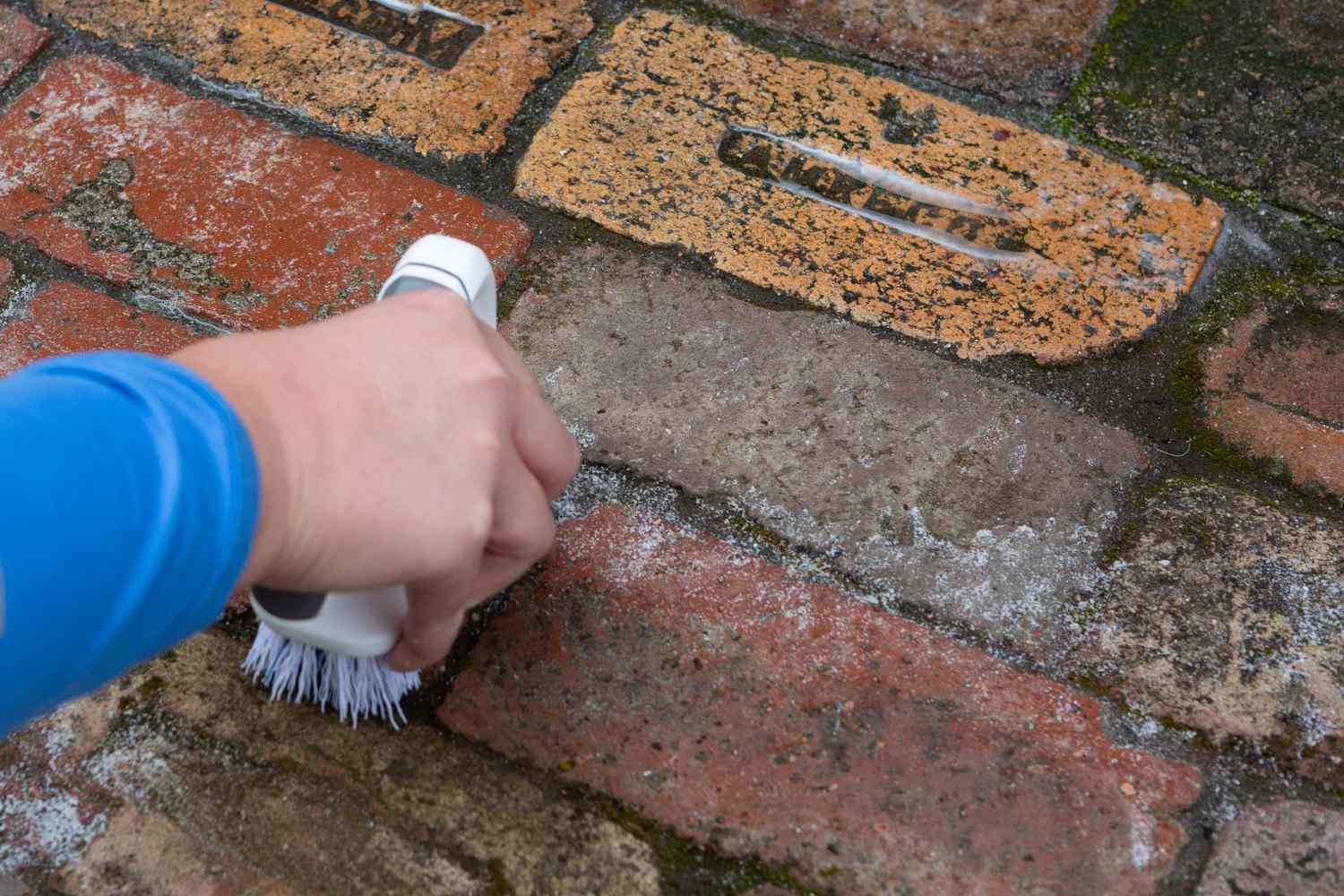
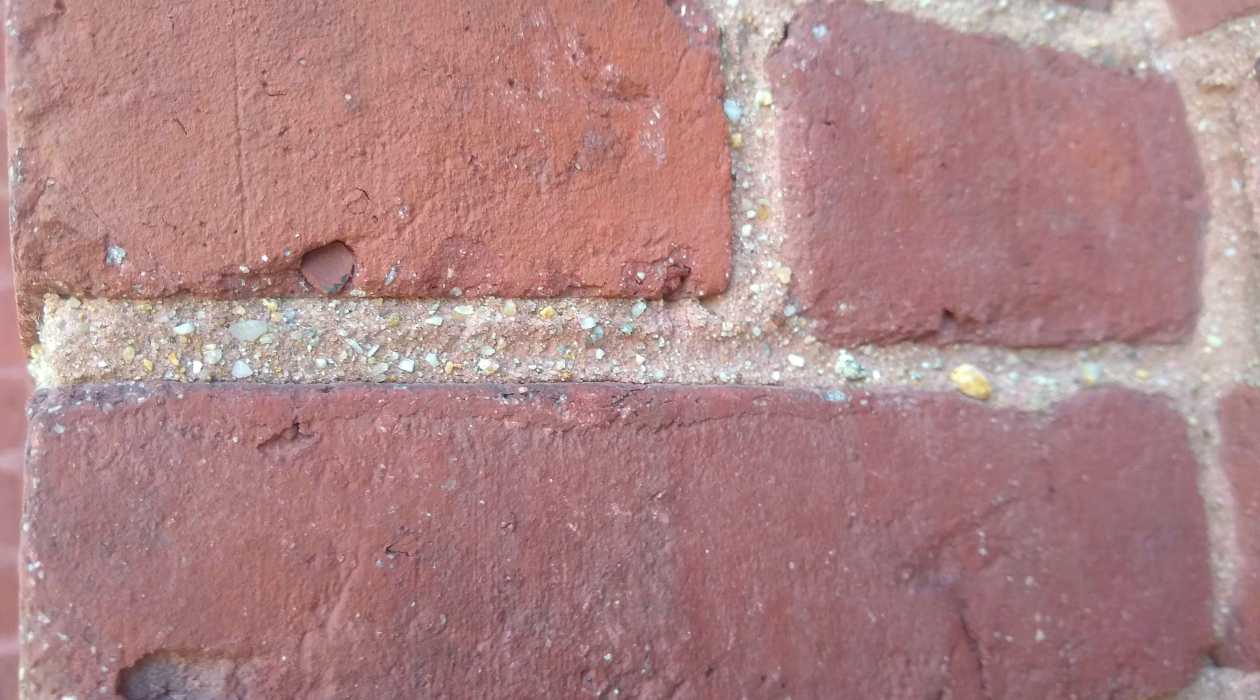
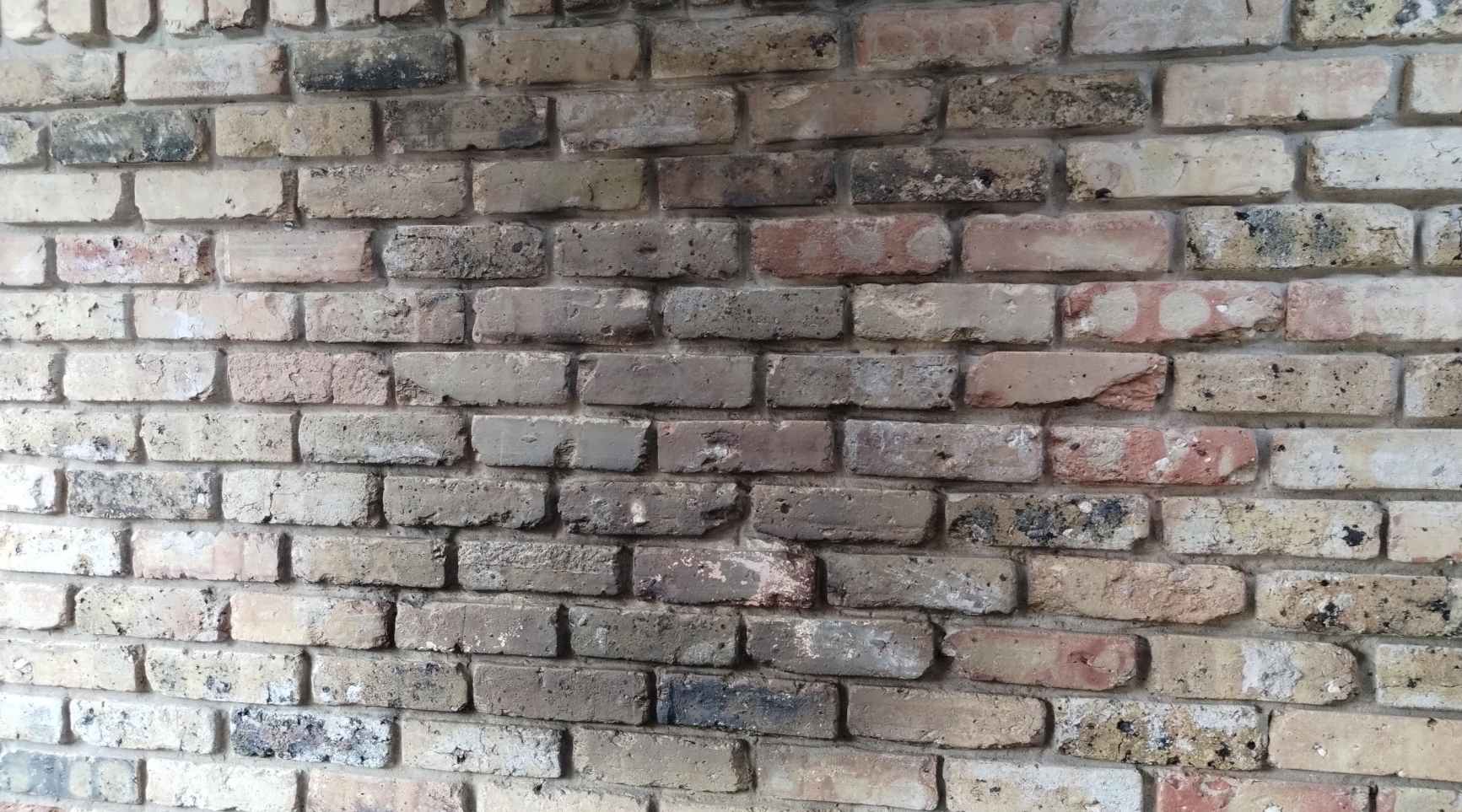
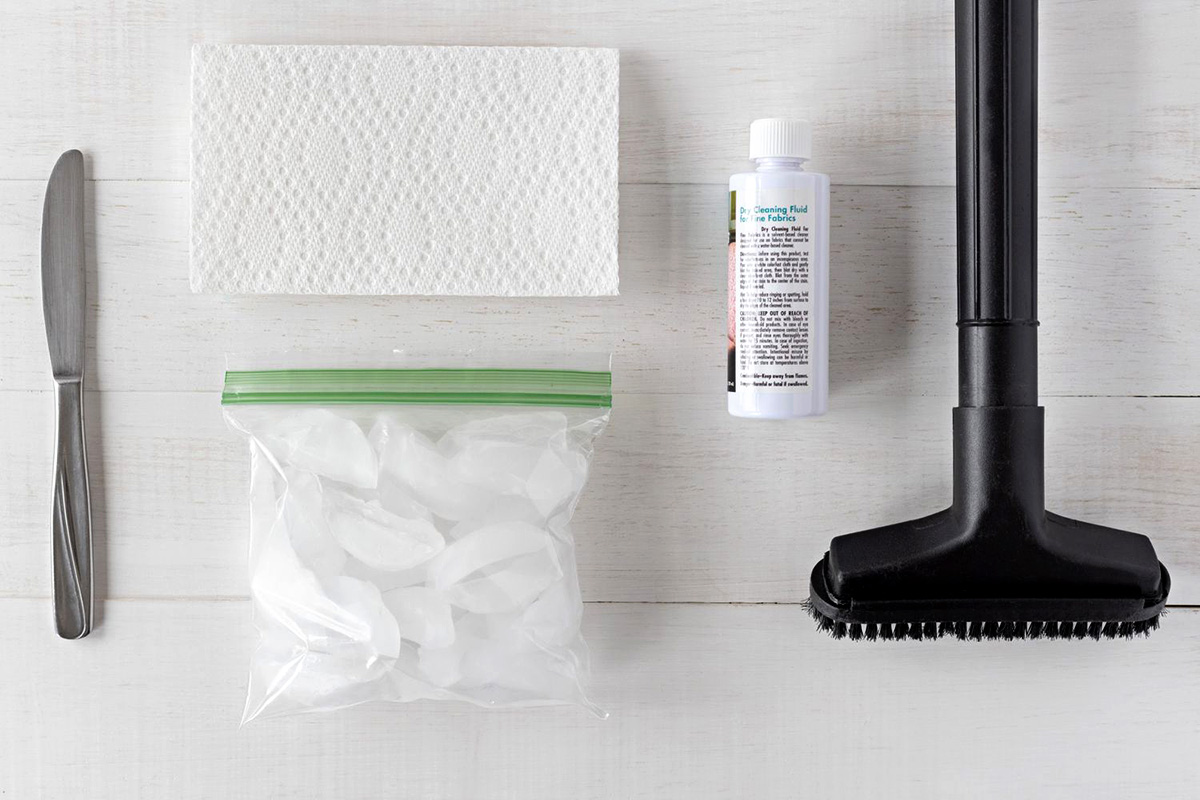
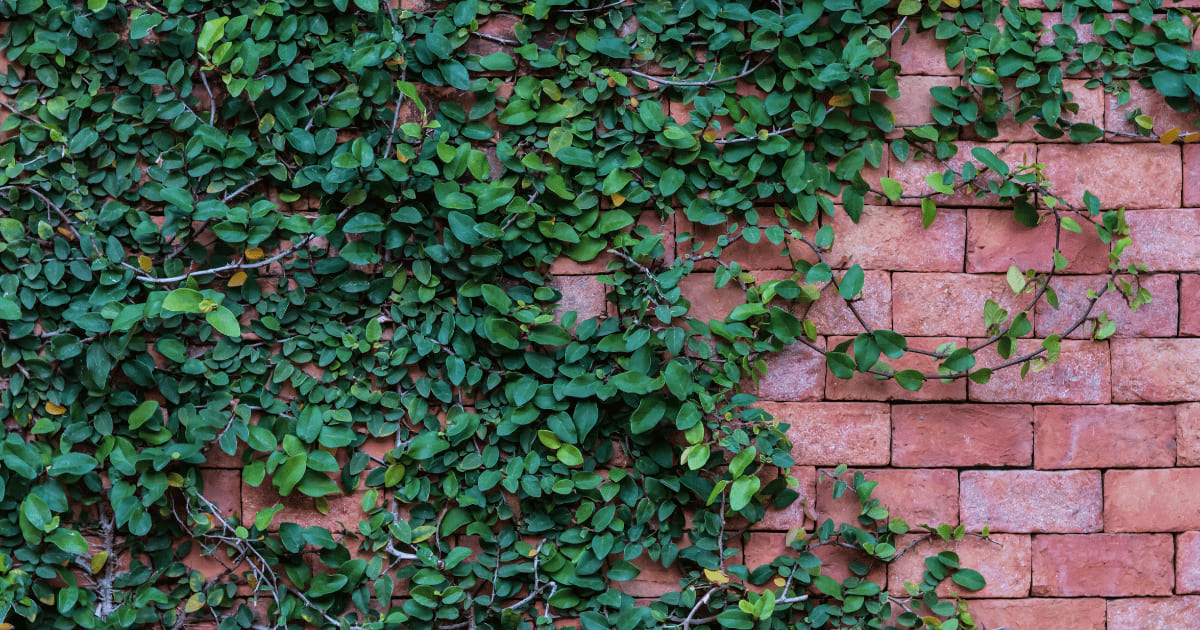
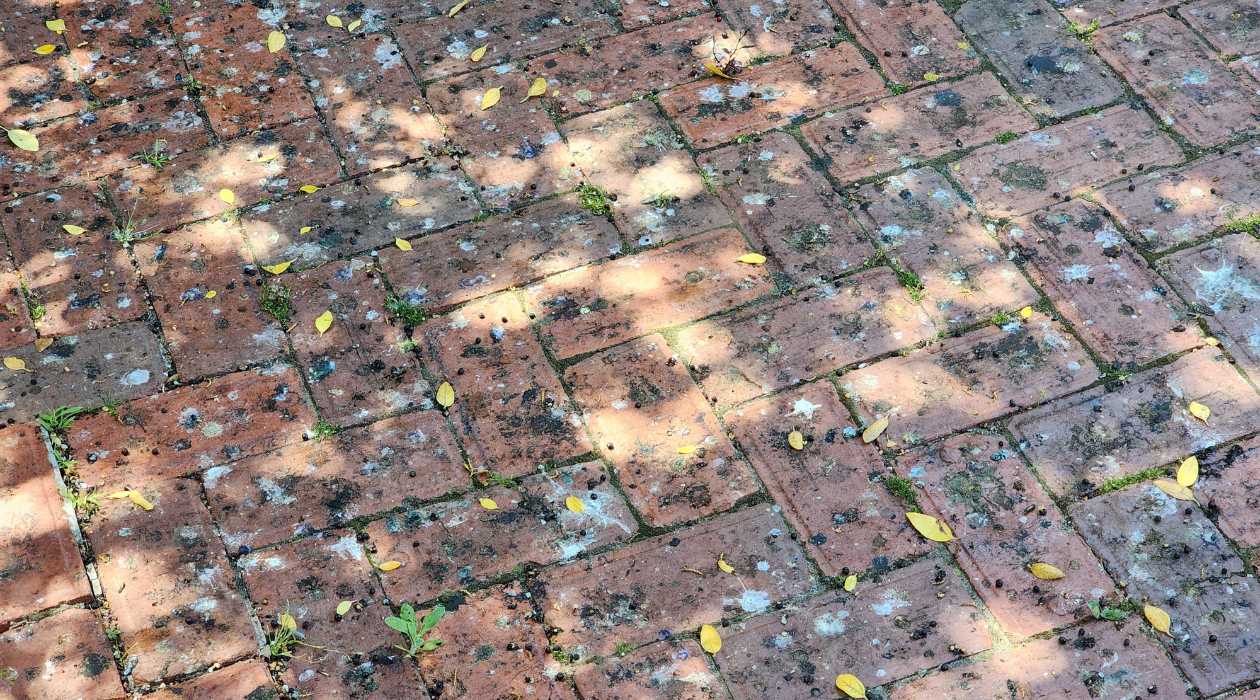
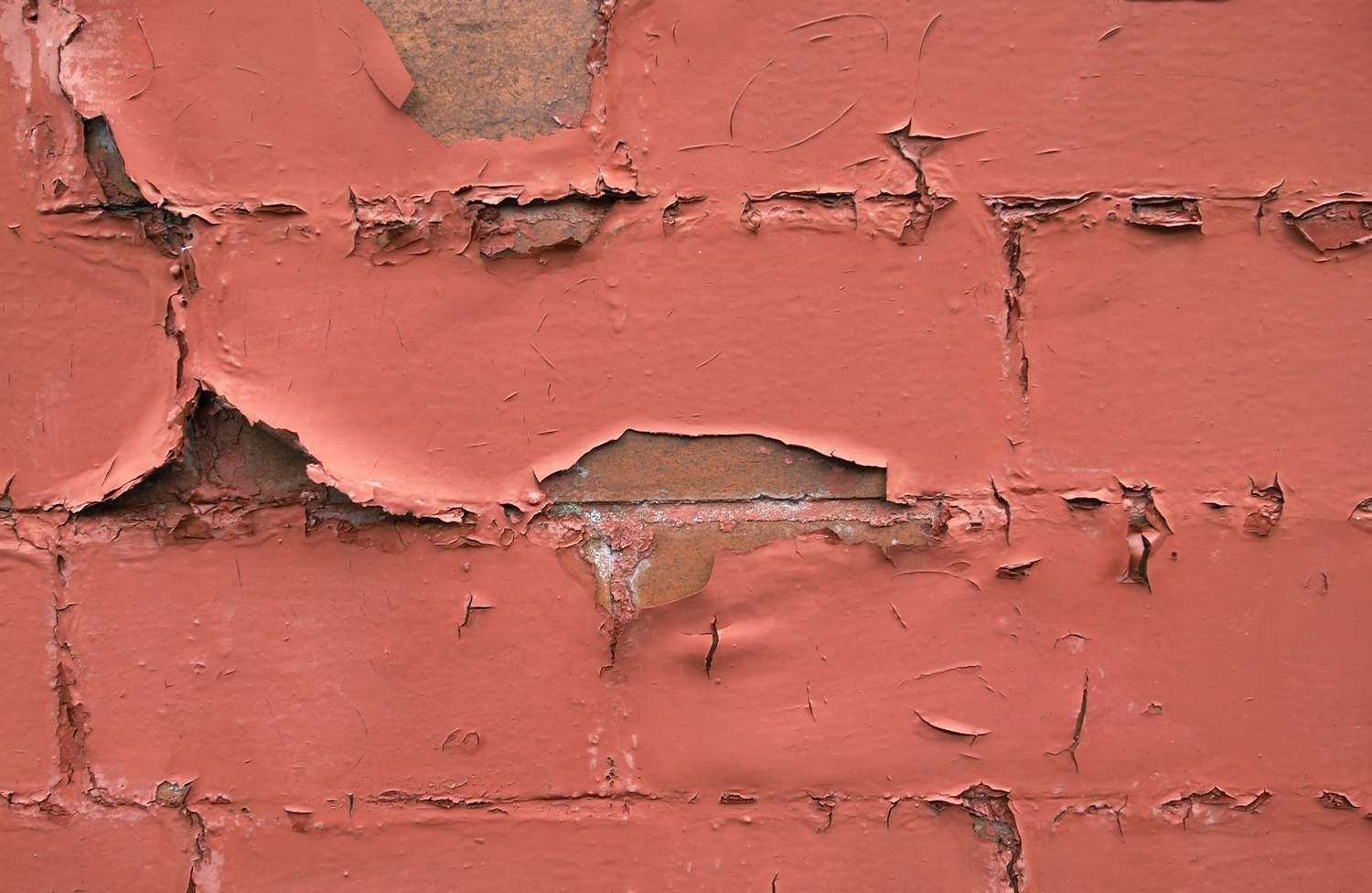

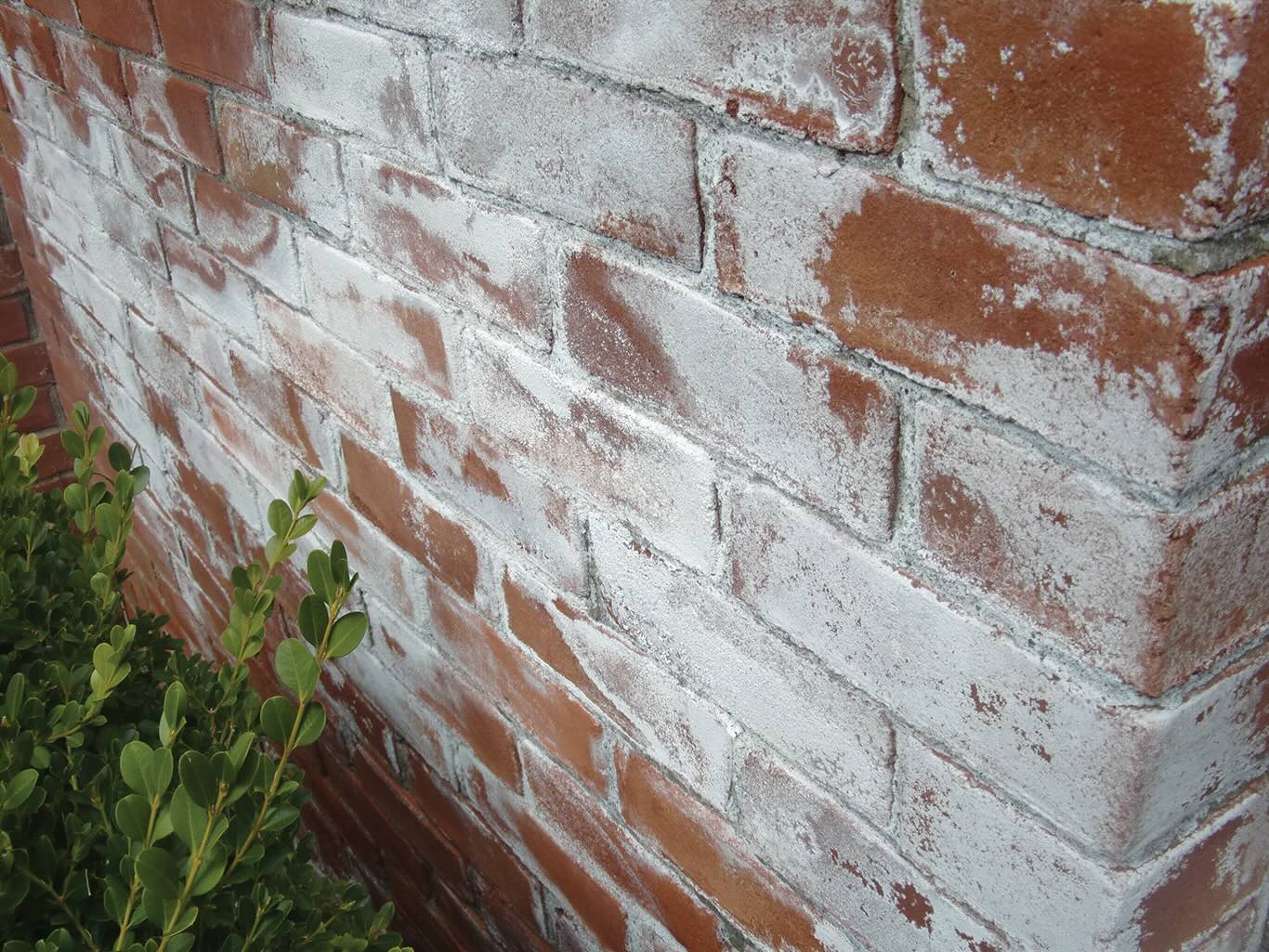
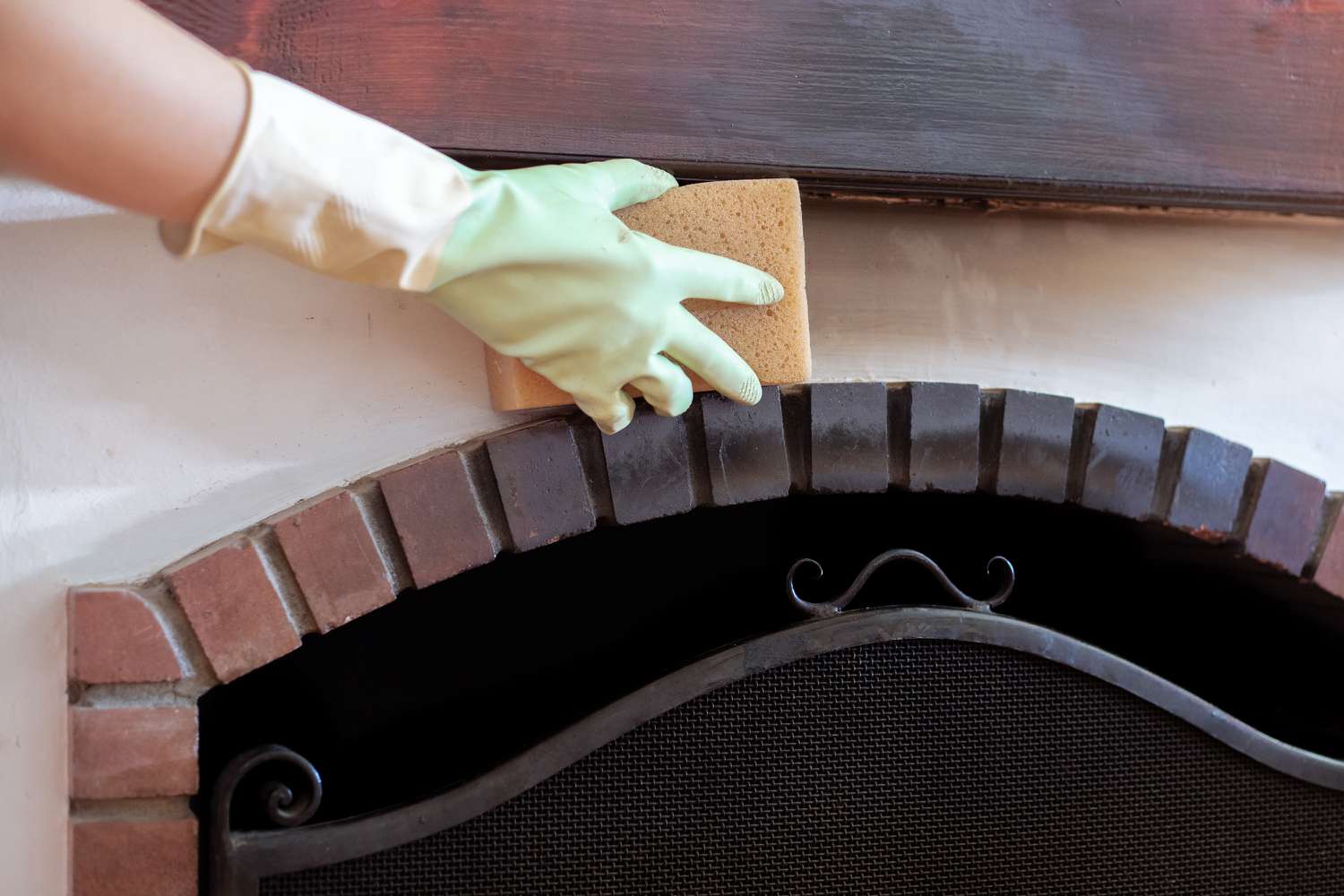
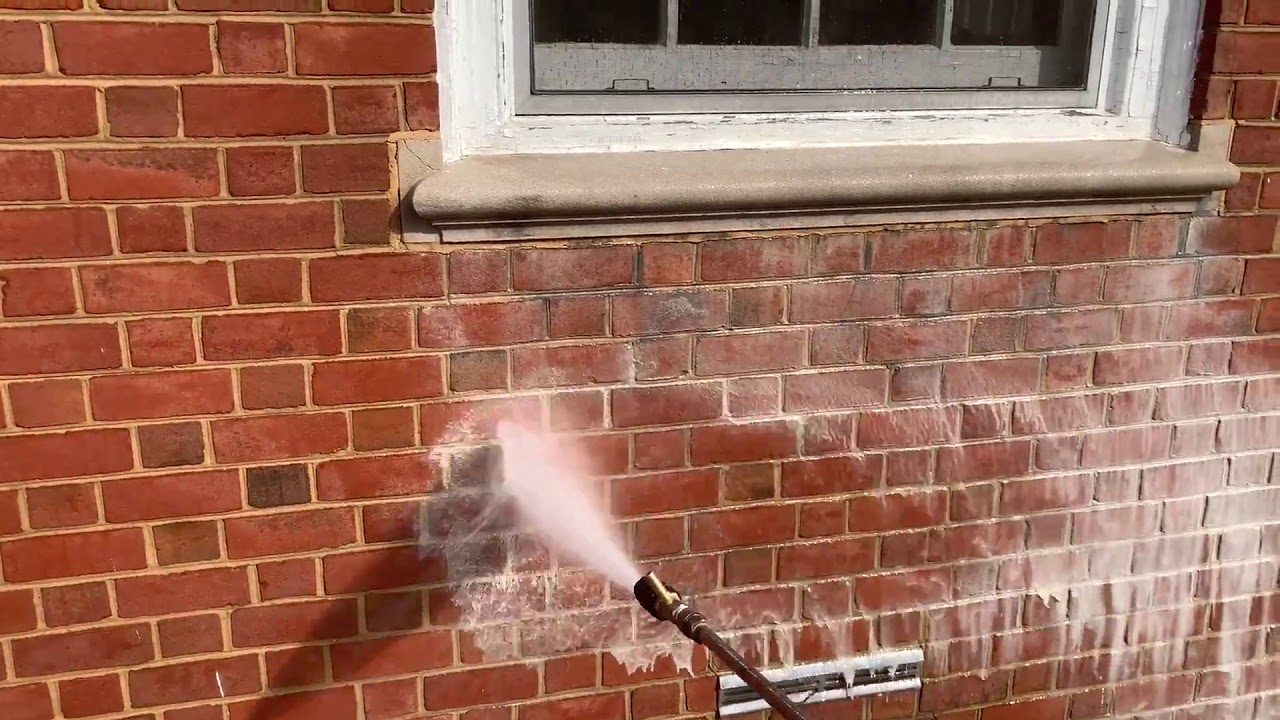
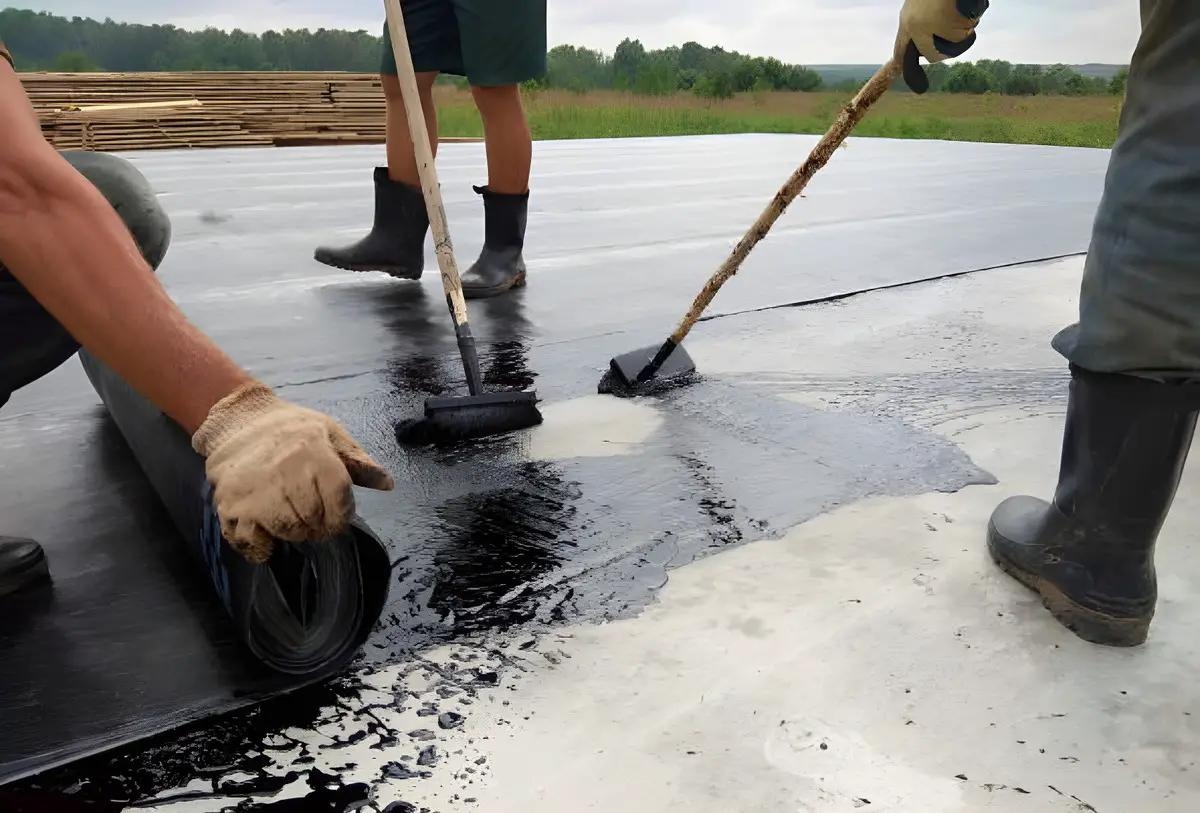
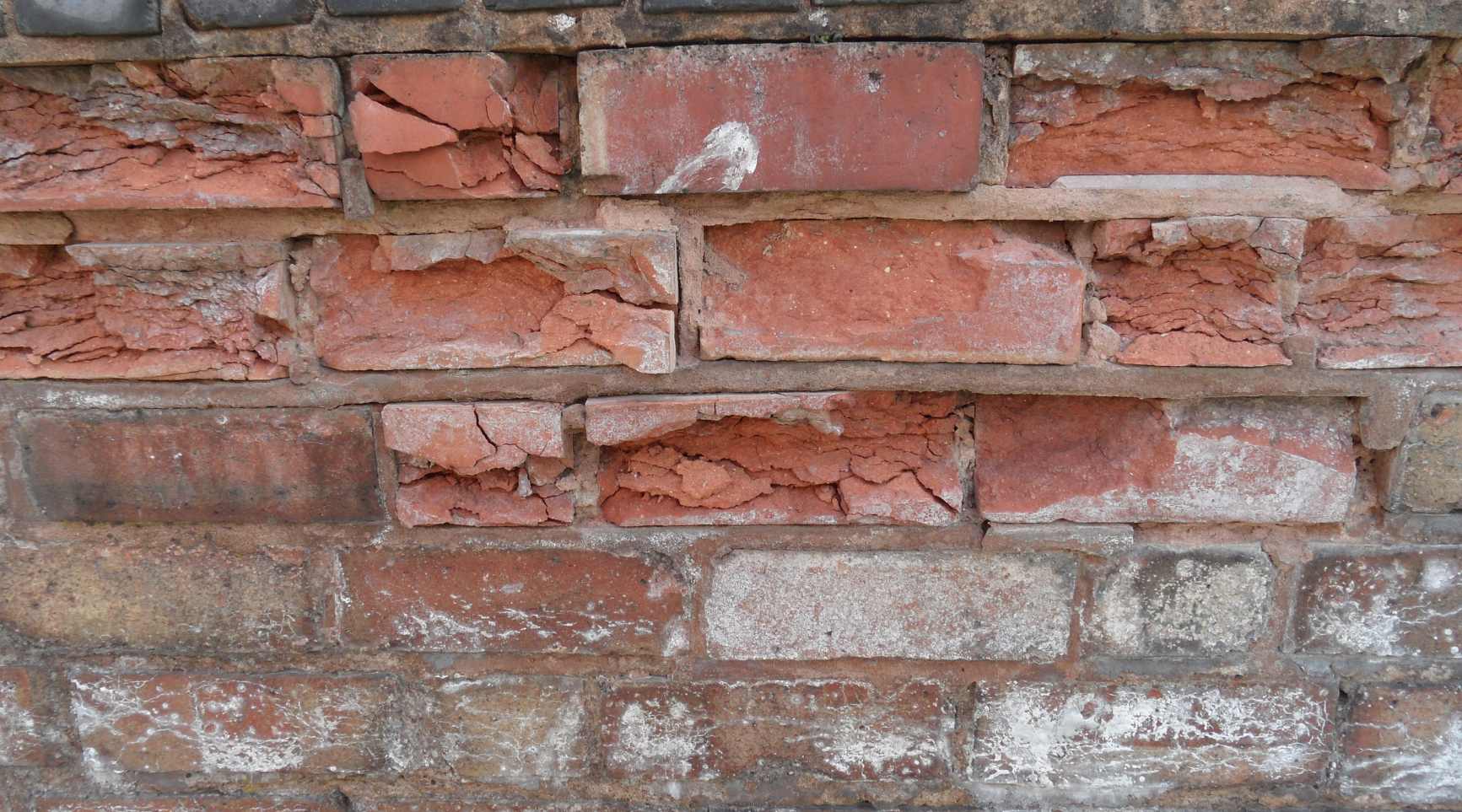

0 thoughts on “How To Get Tar Off Brick”